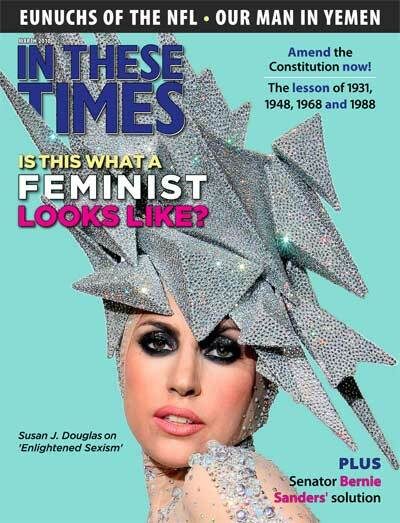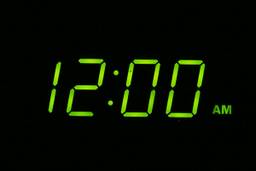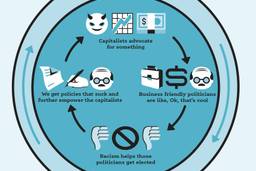
Ryan Bingham, the character played with debonair finish by George Clooney in Up in the Air, is a perfect mirror of modern business and social trends: an airport nomad who travels all over the country firing people for a living. Bingham has no desire for a wife, kids, or permanent address. Instead he embraces a devil-may-care ethics of personal freedom. This earns him the disdain of his siblings as well as his newly assigned apprentice, Natalie. Chastising him for his “cocoon of self-banishment” and “ridiculous life choices,” she pulls the maturity card with a high-pitched flounce: “I need to grow up? You’re a twelve year old!”
In Bingham we find a fascination with a cultural role America has tried to avoid, that of the specialist doom-giver. Defending his face-to-face firing tactics against a proposed Skype-based system, he tells Natalie: “We are here to make limbo tolerable, to ferry wounded souls across the river of dread and to a point where hope is dimly visible.” She doesn’t get it.
Bingham is good at playing corporate grim reaper because his lifestyle allows him to avoid the question anyone confronts when fired: What is the value of my life? He is a new breed, a member of an elite world that writer Pico Iyer has called the Transit Lounge: a world of constant movement and travel deliciously suspended above the limitations of home, duty, and citizenship – a world of almost perfect freedom.
As a Transit Lounger, Bingham practices a superficially Buddhist asceticism: Throw out your valuables, be emotionally independent, travel light. He believes in memories, not photographs. The primary thing Bingham wants to own are frequent-flier miles. He values them for their own sake, not as a form of wealth or experience but as an initiation into a secret society. Only six people have hit the 10 million air miles mark so far – fewer people than have walked on the moon, Bingham claims. They are a badge of weightlessness that he must have if he is to deliver weightlessness to others, swiftly and implacably, out of the blue.
It seems ironic that someone who has dedicated his life to avoiding finality would be the one to counsel others about it – as when Bingham must talk his soon-to-be brother-in-law, Jim, out of cold feet on his wedding day. Jim delivers a monologue that follows a cause-and-effect chain in which the simple exchange of vows leads inexorably to diapers, football games and high-school graduations, retirement, getting fat, losing his hair, and then death. “What is the point?” he asks. Bingham nods sympathetically: This is exactly what he’s been avoiding. Getting married does lead to our eventual demise. “There is no point,” he admits. But he rallies and delivers the speech that anyone confronting death wants to hear: You’re not alone. It’s a reprise of Natalie’s argument for marriage earlier, and one that, after meeting the sexy Alex Goran (Vera Farmiga), Bingham himself is on the verge of believing.
The ancient Mesopotamians mandated a number of women in their society to become priestesses. In that case the goal was population control. For Up in the Air, the idea behind voluntary isolation is not so practical. If anything, it’s almost desperate. In a world where people break up and quit jobs via text message, isolation and detachment run rampant in disguise. Clooney’s character lifts the veil: He is everything we don’t want to see about ourselves.
Maturity is knowing the difference between fantasy and reality. This is the argument Alex makes when she calls Bingham on his naïve pursuit of her. Real things are the permanent things, the things we invest in. But the Transit Lounger traffics in the ephemeral. “You are an escape,” Alex tells him. “You’re a break from our normal lives. You’re a parenthesis.”
With these words she turns Ryan Bingham into a larger symbol, a social function not unlike the movies. In the end, Bingham seems to accept this. His isolation has become not a privilege but a sacrifice, the price he pays to make the inhuman human. When everyone else goes home to their loved ones tonight, Bingham’s concluding voice-over tells us, the stars will one by one leave their daytime hiding places. “One of those lights, slightly brighter than the rest, will be my wing tip passing on.” Without purpose of his own, he illuminates the purpose of others.
This is the movie’s last statement, but it is not the movie’s message. Bingham’s reality is the final one we see: a vision of life adrift. It is a truth we don’t want to acknowledge and, when times are good, probably don’t have to. Except when the axe falls, as it has been recently. Then we may identify with Bingham’s parenthetical existence more than we care to know.






